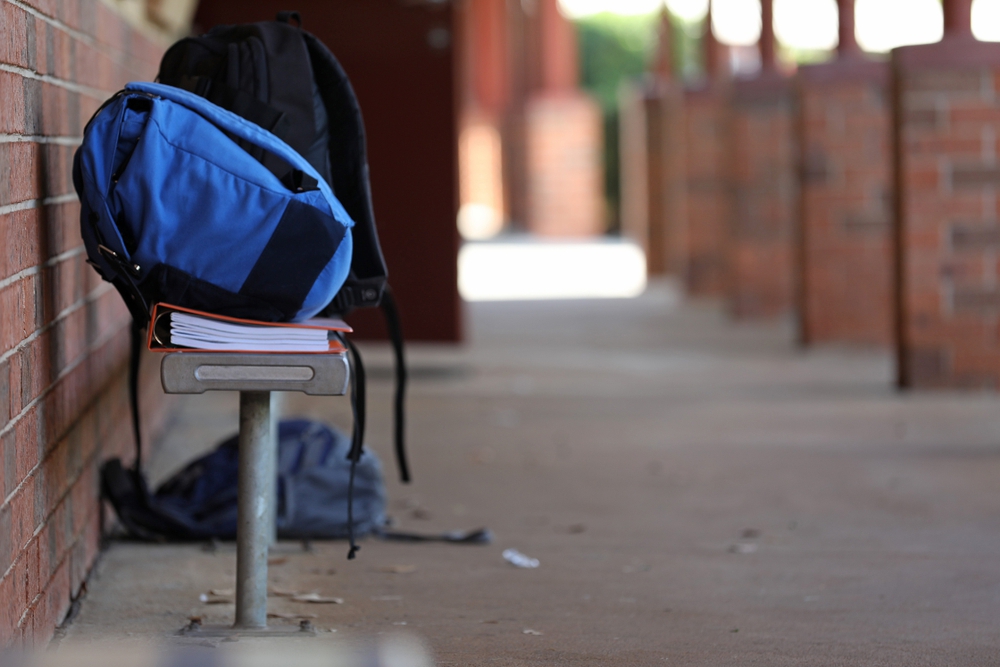News Round Up | Risk
November 2018 – Top News in the Risk and Vulnerability Industry

There’s a lot going on in the world of physical risk and vulnerability, and it’s nearly impossible to keep up with the latest news and developments. We’ll keep you informed with the best content to keep your organization safe and secure.
Check out the top news and headlines from the past month—including must-read details on the school security, and trends in cybersecurity and workplace theft.
Building Design a Critical Component in Preventing School Shootings
Via EducationDive. School stakeholders are being tasked with a new challenge: to design safer schools during an era where school shootings are occurring at a frequency of nearly one per day. How can architectural design help improve school safety and what does it mean for existing schools?
Our take: This issue isn’t just about school shootings, but all kinds of more mundane safety concerns as well. Schools need to balance student safety and a welcoming, nurturing environment. As we begin to evaluate the need to improve our schools, the key is to evaluate all facets of risk. Identify the most probable events as well as the most severe. Develop a risk matrix and work to reduce the probability and severity of those events. It’s also critical for school security personnel to invest in public-private partnerships.
Importance of Establishing Security Standards for K12 School Security
Via SecurityInformed. School administrators aren’t security experts and they don’t understand the complexity of implementing a comprehensive physical security program. Yet, they are the ones in the driver’s seat when it comes to making decisions on implementing security upgrades. Without established security standards, school administrators are likely to make poor decisions. The Partner Alliance for Safer Schools (PASS) is one of the organizations at the forefront of establishing security standards for schools.
Our take: One of the security industry’s most glaring issues is a lack of standards and benchmarking. Even security professionals with decades of experience are forced to rely on personal experience as opposed to industry-wide data—which puts them in a similar position to school administrators: when all you have is your own experience, you’re stuck relying on anecdotal evidence. This initiative is a critical step and could provide much-needed guidance that simply doesn’t exist yet.
Cybersecurity Emerges as Top ‘Megatrend’ Shaping the Security Industry
Via Security Sales & Integration. The Security Industry Association (SIA) has released its list of 2019 Security Megatrends. The standout trend? By nearly 30 percentage points, industry leaders said cybersecurity’s impact on physical security solutions was the most impactful trend they were expecting to face in 2019. Get the details here.
Our take: If you’re not addressing both physical security and cybersecurity, you’re leaving yourself open to attack. More and more, the lines between the two are blurring and overlapping. IoT merges the two, and electronic physical devices collect and store a lot of data. The implications on physical security are still being revealed.
Survey: 32% of Coworking Tenants Experienced Theft from Ex-Coworker
Via Security Magazine. According to a recent survey of office workers, traditional access control methods are becoming more vulnerable by the minute. 17 percent of respondents said an ex-coworker or employee has stolen from their workplace using their old key, and 32 percent of coworking tenants have been victims of theft from an ex-coworker or employee. What’s the culprit, and what can you do about it?
Our take: It’s incumbent on every organization to provide a safe and secure environment for its employees—even outside of the workplace itself. Employers need to consider more than the technicolor scenarios of workplace violence and data breaches. Everyday interactions have implications for safety and security.




